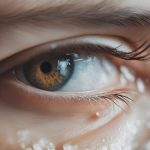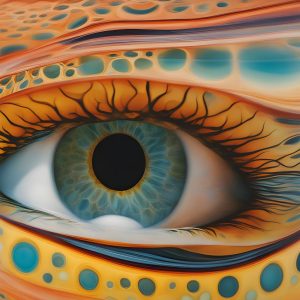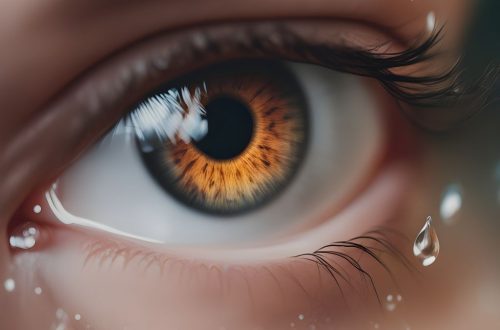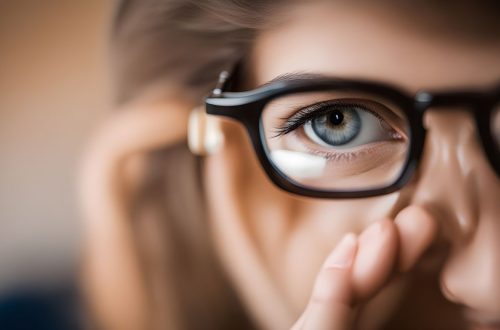
Eye Drops for Watery Eyes Allergies
Watery eyes can be an annoying symptom of allergies. This condition, medically known as epiphora, often results from irritants in the environment, such as pollen, dust, mold, or pet dander. One of the most effective ways to manage this symptom is by using allergy eye drops. In this article, we’ll explore the different types of eye drops available for watery eyes due to allergies and how they work.
1. Antihistamine Eye Drops These are the most commonly recommended eye drops for allergic reactions. When an allergen enters the eye, it triggers the release of histamine, a chemical that causes itching and watering. Antihistamine eye drops work by blocking the effect of histamine, thereby reducing symptoms. Popular over-the-counter antihistamine eye drops include:
- Ketotifen (e.g., Zaditor, Alaway)
- Olopatadine (e.g., Pataday, Patanol)
2. Mast Cell Stabilizers These eye drops prevent the release of histamine and other chemicals that cause allergic reactions. They’re often used for long-term treatment as they may take a few days to show their effect but can be very effective in managing allergy symptoms. Examples include:
- Cromolyn sodium
- Nedocromil sodium
3. Nonsteroidal Anti-Inflammatory Eye Drops (NSAIDs) These reduce inflammation in the eyes. They are often prescribed for short-term relief and can help reduce itching, redness, and swelling. Examples include:
- Ketorolac (e.g., Acular, Acuvail)
4. Corticosteroid Eye Drops For severe allergic reactions that don’t respond to other treatments, doctors might prescribe corticosteroid eye drops. These are potent anti-inflammatory agents, but their long-term use can have side effects like cataract formation or increased intraocular pressure. It’s essential to use them under a doctor’s supervision. Examples include:
- Loteprednol (e.g., Lotemax, Alrex)
- Prednisolone (e.g., Pred Forte)
5. Artificial Tears and Lubricants These don’t specifically treat the allergic reaction but provide relief from the discomfort of dry or irritated eyes. They flush out allergens and provide a soothing effect.
6. Combination Eye Drops Some eye drops combine antihistamines with mast cell stabilizers to offer both immediate relief and long-term protection. These can be particularly effective for some patients.



Safety Tips:
- Always consult with an eye doctor or allergist before starting any medication, especially if you have other existing eye conditions.
- Do not use contact lenses when applying medicated eye drops unless advised by your doctor.
- Always wash your hands before applying eye drops.
- Never share your eye drops with anyone else.
- Ensure you follow the recommended dosage and discard the bottle after its expiry date.

Allergies can be a real nuisance, especially when they affect your eyes. Fortunately, there are various eye drops available to help manage the symptoms of watery eyes due to allergies. It’s essential to understand the different options and consult with a healthcare professional to find the best treatment for your specific needs.
Read more:
Eyevance Pharmaceuticals: A Deep Dive into Their Pioneering Ophthalmic Products
Eye Drops for Watery Eyes Allergies: Everything You Need to Know
Relief in a Bottle: Allergy Eye Drops for Soothing Itchy, Watery Eyes





